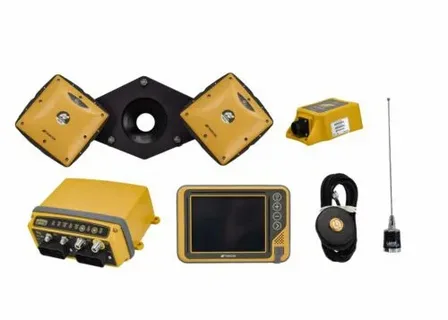In the construction and civil engineering industries, precise measurements and accurate data are crucial for successful project completion. Over the years, advancements in technology have introduced new methods for surveying and machine control. Among these, gps machine control vs Traditional Surveying: What You Need to Know has become a significant topic of discussion. This article explores the key differences, benefits, and considerations of both techniques to help you understand which method might be best suited for your project.
Understanding Traditional Surveying
Traditional surveying is the time-tested method of gathering land measurements and mapping terrain using manual tools such as theodolites, total stations, and measuring tapes. Surveyors physically visit the site, take readings, and record data to create maps and plans.
Advantages of Traditional Surveying
- Accuracy in small-scale projects: For detailed, small-area measurements, traditional surveying offers high precision.
- No dependency on satellites: Works well in areas with limited satellite visibility, such as dense forests or urban canyons.
- Lower upfront technology costs: Traditional tools are generally less expensive compared to advanced GPS equipment.
Limitations of Traditional Surveying
- Time-consuming data collection and processing.
- Higher labor costs due to manual measurements.
- Greater potential for human error during data recording.
What is GPS Machine Control?
GPS Machine Control is a modern technology that integrates satellite positioning systems with construction machinery to automate and optimize earthmoving and grading operations. By using real-time GPS data, machines can follow precise paths and achieve the exact design specifications without constant manual guidance.
Benefits of GPS Machine Control
- Increased Efficiency: Machines equipped with GPS can operate faster and with fewer passes, reducing project time.
- Improved Accuracy: Real-time data allows for precise control, minimizing material waste and rework.
- Reduced Labor Costs: Automation lowers the need for manual oversight and frequent surveying.
GPS Machine Control vs Traditional Surveying: What You Need to Know
When comparing GPS Machine Control vs Traditional Surveying: What You Need to Know, several factors come into play:
Accuracy and Precision
While traditional surveying offers detailed measurements, GPS Machine Control provides continuous real-time data that improves accuracy during the construction process itself, reducing cumulative errors.
Time and Cost Efficiency
GPS Machine Control dramatically cuts down on time by automating machine guidance, whereas traditional surveying involves slower manual processes. This leads to reduced labor costs and faster project completion with GPS.
Suitability for Different Projects
Traditional surveying is ideal for small, detailed tasks or sites with limited satellite access. Conversely, GPS Machine Control excels in large-scale earthworks and infrastructure projects where continuous machine operation is necessary.
Conclusion
Choosing between GPS Machine Control and traditional surveying depends on your project needs, site conditions, and budget. By understanding GPS Machine Control vs Traditional Surveying: What You Need to Know, professionals can make informed decisions to enhance project accuracy, efficiency, and overall success. As technology continues to advance, integrating GPS Machine Control with traditional surveying techniques may offer the best of both worlds for future construction projects.


